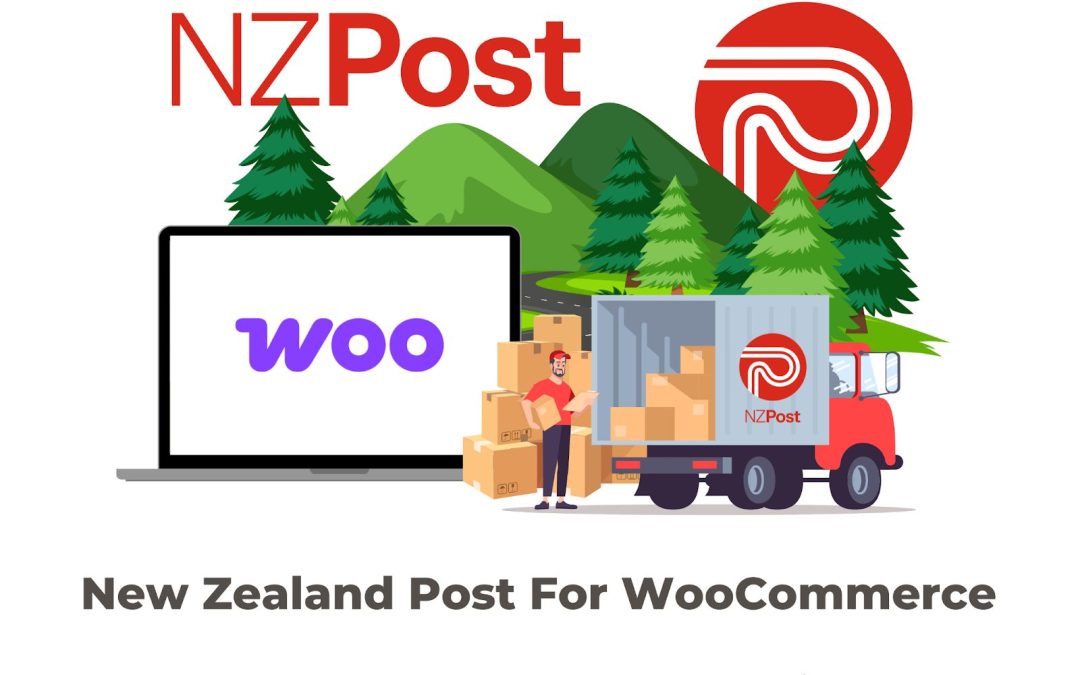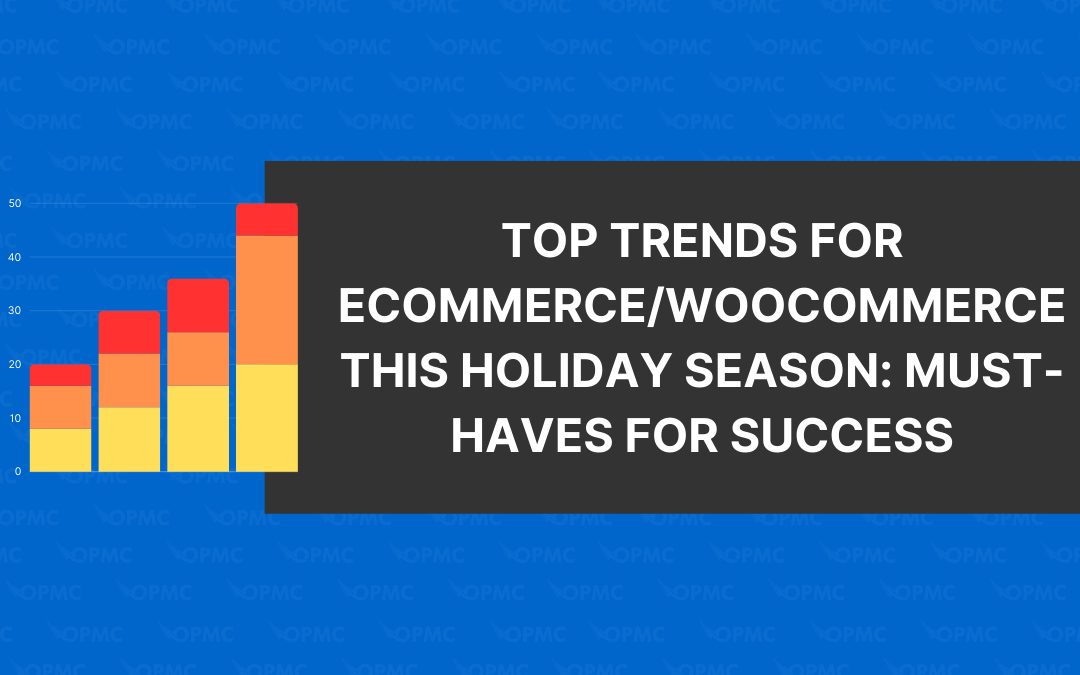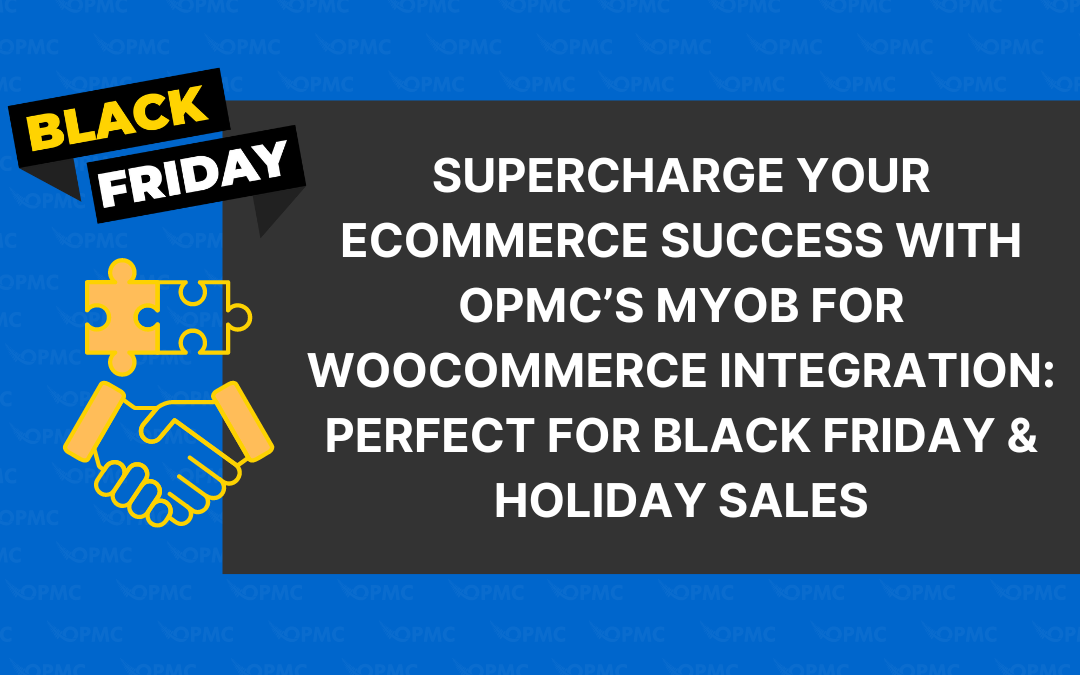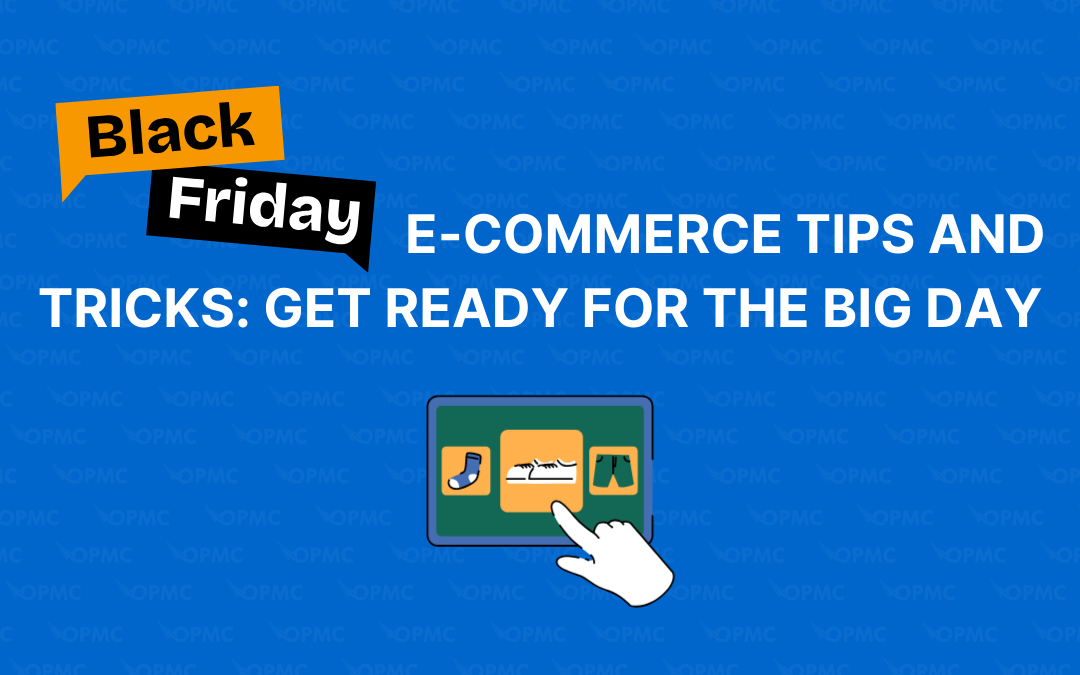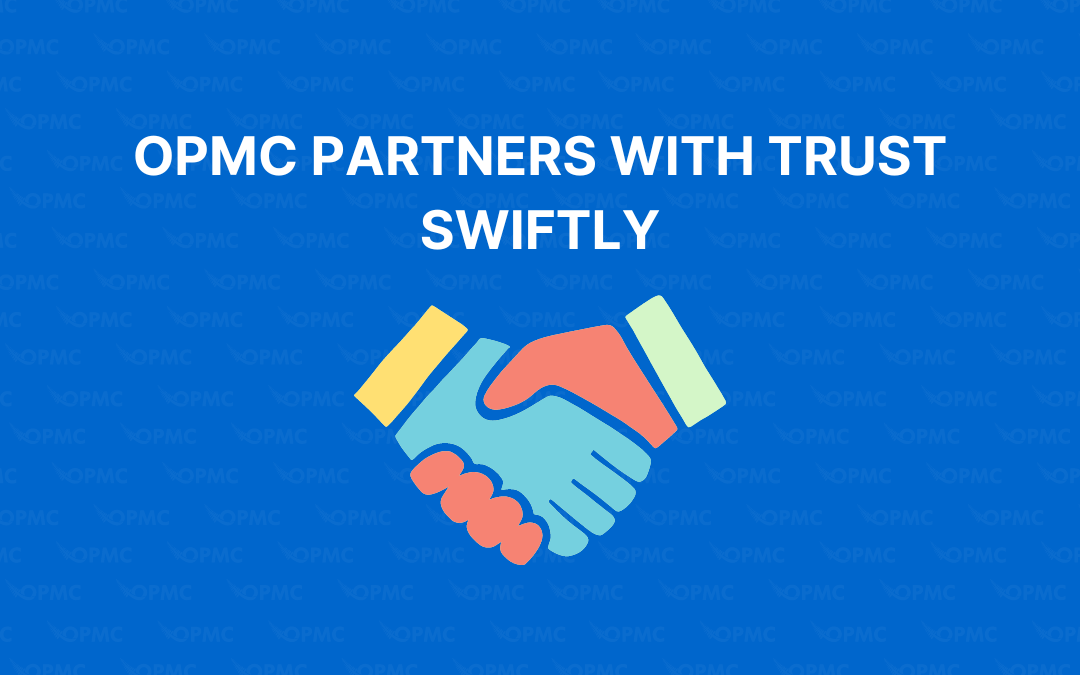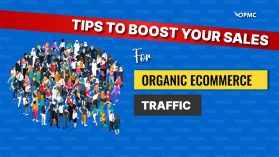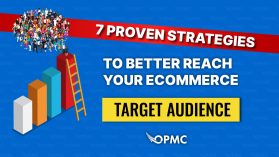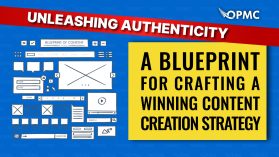It is not an understatement to say social media has changed the world. From providing real-time updates on world-relevant stories to finding out what your aunt wore during the last holiday party, these powerful platforms allow us to connect in ways we have never dreamed of before.
As an ecommerce store owner, you may think of popular social media platforms like TikTok, Instagram, Facebook, or YouTube for marketing your brand. You wouldn’t be wrong, but there is one more that is more than worth the effort – LinkedIn.
Our team at OPMC works hard to provide the latest and most significant insights into ecommerce automation and improvements. While most of the time, that is with our streamlined WooCommerce plugins, we also want to be sure to provide you with the information that can offer a competitive advantage.
Let’s get into how you can leverage LinkedIn for your ecommerce storefront.
Why Focus on LinkedIn for Ecommerce?
It helps to learn a little more about LinkedIn. Unlike other social media platforms, this is a social network focused on professionals. In most cases, that is connecting with potential customers or businesses through resumes, job applications, and industry news.
However, an online brand can engage with a specific target audience that other competitors will never reach out to embrace. There are over 280 billion feed updates happening every year, with 15 more content impressions than other platforms.
To put it mildly, you are missing out on a massive segment of your potential customers by sleeping on LinkedIn as a potential marketing avenue for your online brand.
Tips for Boosting Ecommerce with LinkedIn
No matter what tip you choose to go with on our list, remember that this is a professional social media platform. You can trend quickly by staying respectful, on topic, and having a bit of fun that feels appropriate to the audience.
This doesn’t mean be boring. Just keep in mind that there is a significant professional audience, and you want to engage them as well as potential customers.
Let’s move onto our list.
#1 – Increasing Your Ecommerce Brand’s Online Presence
Your LinkedIn brand profile is an online storefront. No, you’re probably not directly selling through LinkedIn (although there are some ways to do this), but being able to showcase how your brand is different will help you stand out with a new audience.
If you can, engage with LinkedIn Groups. These are collections of profiles that are directly related to a niche. So, if you sell puppy products and want to open Canadian audiences, you will use these groups as a terrific way to increase your brand awareness with that niche.
#2 – Connect with Industry Insiders and Suppliers
LinkedIn is one of the best places for industry news and cutting-edge innovations. Not to mention, you can send out connection requests with some of the most influential people, insiders, suppliers, and potential partners in your niche with nothing more than the click of a button.
As opposed to other social media platforms, there is much less bloatware, ads, and false accounts on LinkedIn. Lead generation is more accessible because people are more willing to trust you are who you say you are, offering a chance to increase open rates, engagement, and CTRs.
#3 – Leverage a Powerful Blog Platform
Ready for this? LinkedIn drives 46% of social traffic to B2B sites. The number one way this is achieved is through LinkedIn native blog posts.
You can reshare and reformat blog posts on your organic website to be appropriate for LinkedIn. Not only will this directly reach out to customers and businesses, but it will also provide you with more traffic through a secondary Google search result.
#4 – Find New Team Members
Your ecommerce store requires a strong team of individuals able to overcome the many challenges of remaining competitive in today’s online and consumer-driven landscape. That means you need to wade through all the applicants in the most efficient way possible.
LinkedIn has a built-in job search function. It allows you to post jobs and career opportunities in the same way as Indeed, Monster, and other job boards.
#5 – Increase Your Brand Professionalism and Authority
Your ecommerce brand authority matters. It directly influences how much trust capital you have with potential customers.
For example, if you sell precision auto parts and have a strong LinkedIn business profile, resellers, retailers, and wholesalers are more likely to trust who you are. These are factors search engines like Google consider when ranking page results.
#6 – Infuse More SEO
We’ve already mentioned how you can use LinkedIn blog posts to boost your online authority, but what you may not know is LinkedIn helps with SEO.
Think about it this way. The higher your rank on LinkedIn, the more visible you are to other directories and online resources like Google My Business, Yelp, or other listings. You can even use LinkedIn as a testing ground for keyword changes before implementing them on your ecommerce website.
#7 – Access to Ads
LinkedIn ads are a little different than Facebook, Instagram, or Google. The goal here is to increase page followers and views for the organic content you promote.
This is done through “dynamic ads.” You pick the campaign and targeting criteria, and the content you want to be delivered is focused with sniper-like accuracy to the most relevant profiles you wish to engage.
#8 – Competitive Market and Audience Analysis
Finally, let’s talk about competitive analysis. Most users and businesses on LinkedIn provide way more information than you may know. There are plenty of “hidden” demographics and insights that you may have missed on other social media platforms that you can leverage here.
Let’s say you sell sports-related merchandise. What you may not have gathered from your audience is the shared high schools, colleges, or businesses they attended or watched that you can find on LinkedIn.
You never know when a group of customers who appreciate the University of Pennsylvania will lead to a brand-new, high-selling product launch.
Conclusion
LinkedIn has over a billion users from all over the globe. These are highly engaged individuals looking to connect with brands just like yours in new and exciting ways. Finding a method to integrate this social media platform into your target audience marketing is a wonderful way to boost your authority, potential sales, and brand awareness.
While you’re at it, be sure to streamline the backend of your ecommerce store. The last thing you want is to have a massive spike in orders without the infrastructure to handle such demand.
That is why we provide a way to automate many of the essential accounting and inventory needs of your ecommerce business.
Our Odoo for WooCommerce plugin ensures that all your accounting, taxes, and customer details are managed correctly. This powerful tool updates sales tax and inventory instantaneously, giving you more time to focus on expanding your brand or finding new products to sell. These benefits include:
- Synchronised product categories and details.
- Point of sale enhancements.
- Seamless exporting products to Odoo online.
- Business processes optimisation.
- Streamlined order functions for imported orders.
- Enhanced connection between WordPress WooCommerce website and Odoo.
- Real-time data integration.
Download this highly efficient plugin and bring the power of automated processes to your new LinkedIn Success!
FAQs
How do I use LinkedIn for my ecommerce business?
Beyond the new connections you can make with potential customers, business partners, and team members, this is a fantastic platform for boosting SEO and blog content for better ecommerce brand authority.
What is the 4-1-1 rule on LinkedIn?
This is a content-sharing strategy. It states that every single piece of content you share about your ecommerce brand should be followed by an update from another source and four pieces of content written by others.
What is the golden hour rule in LinkedIn?
This is the first hour after you share content, where LinkedIn measures how well your post is doing to decide if it should be shared with others (aka, the trend decision).
Visit our store today!
Get a powerful boost to your security, customer support, inventory management, and more…

